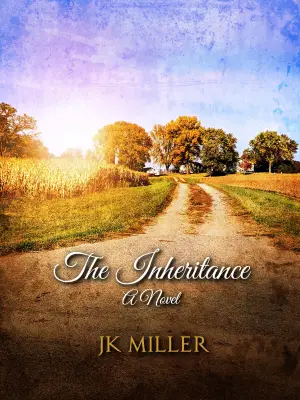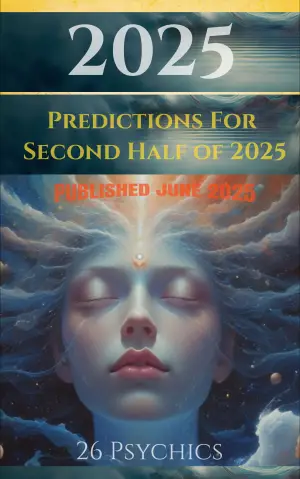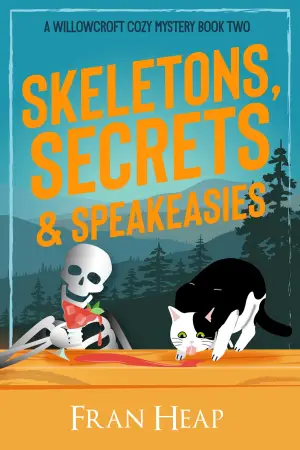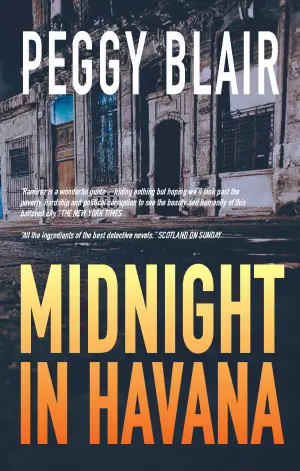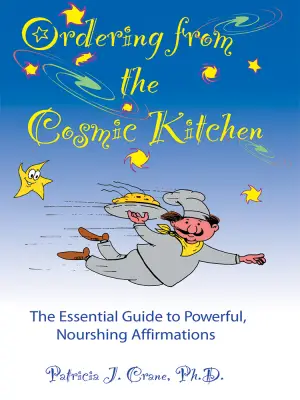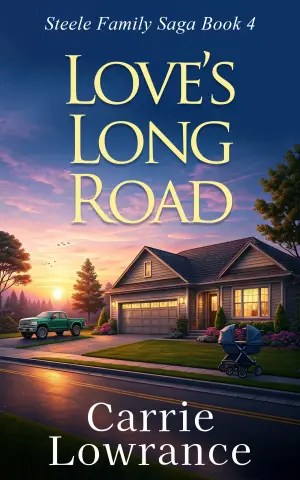Embracing the Unstuck: A Journey Through Kurt Vonnegut’s Slaughterhouse-Five
When I first picked up Slaughterhouse-Five by Kurt Vonnegut, I was surprisingly nervous. My previous encounters with Vonnegut, shaped by a pushy roommate who raved about SLAPSTICK, left me a bit hesitant. However, my fellow Goodreads friends couldn’t stop insisting on its brilliance. And so, after some internal debate, I dove into the chaotic world of Billy Pilgrim.
From the very first pages, I was struck by an audacious blend of humor and somber reflection. The narrative whirls through time as Billy, our protagonist, becomes “unstuck in time,” flitting between the horrors of World War II and moments of profound personal introspection. This disjointed timeline cleverly parallels the fragmented nature of memory and trauma, encapsulated in Vonnegut’s line, “All moments, past, present and future, always have existed, always will exist.”
Billy’s bizarre journey is not just a tale of a soldier turned optometrist who also finds himself in an extraterrestrial zoo; it’s a poignant exploration of life, death, and the inexplicable absurdity of war. Vonnegut’s anti-war sentiments course through the veins of this novel, often presented with dark humor that catches you off guard. Amidst the grotesque memories of the Dresden bombing, you find yourself laughing—not out of mockery but rather the bewildering way we grapple with unspeakable truths.
Vonnegut’s style is a mesmerizing tapestry of sharp wit and heart-wrenching tragedy. He marries existential philosophy with absurdity in a way that had me reflecting deeply. His use of repetitive phrases, like “So it goes,” reinforces the inevitability of death and the cyclical nature of existence, resonating with anyone who has faced life’s unpredictability. It’s as if he’s inviting us to accept the chaos around us, which made me appreciate the book even more.
As I immersed myself in the quirky characters and outlandish circumstances, I found highlights that made me pause, chuckle, and then contemplate. One moment in particular lingered: the image of Billy in a zoo with other beings who are equally lost in their existence. It’s these striking visuals that Vonnegut masterfully crafts, forcing the reader to confront uncomfortable truths about humanity and our penchant for destruction.
Reflecting on my reading experience, I realize that Slaughterhouse-Five is not just a book; it’s an invitation to explore the complexities of life and the realities of war. It’s a must-read for anyone who appreciates literature that challenges societal norms, embraces the absurd, and refuses to shy away from difficult conversations about morality and existence.
In conclusion, Slaughterhouse-Five is a treasure trove for readers seeking something different—an exploration of the human condition that’s both thought-provoking and darkly comedic. Whether you’re a war history buff, a sci-fi litterateur, or just someone looking to ponder the ineffable, this novel offers a transformative experience. As for me, I’ve rekindled my curiosity for Vonnegut’s work. Although I may never revisit SLAPSTICK, I am wholeheartedly ready to engage with Slaughterhouse-Five again—and perhaps with more of his genius to follow.

